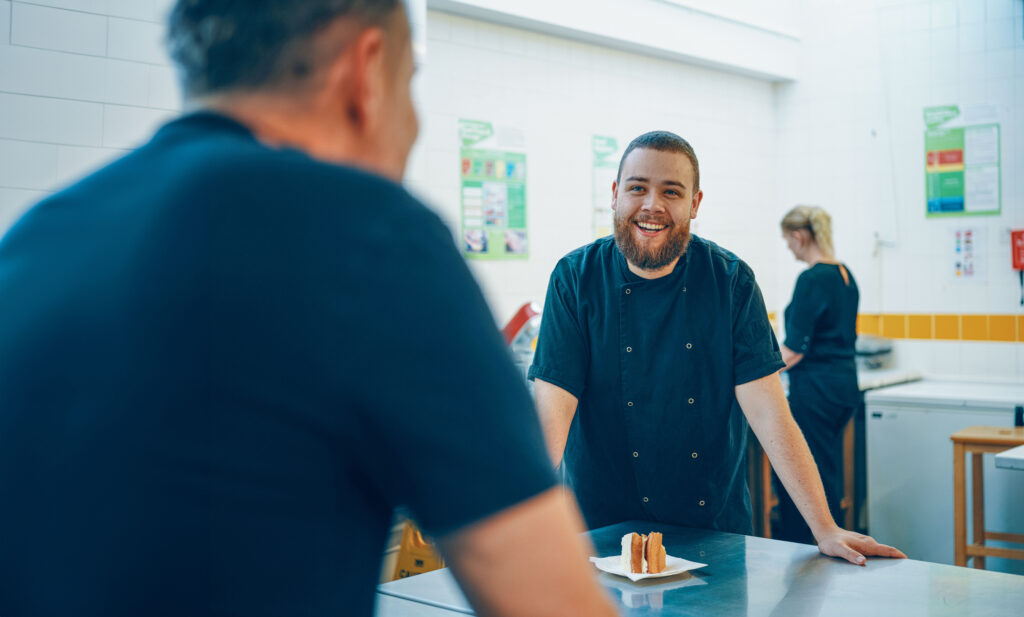
Some prisoners have previously struggled with mainstream education but are willing and keen to learn. You can empower them to change their thinking and make positive changes in their lives.
In a teaching role in a prison, you will work in either:
- an adult prison with male or female prisoners over the age of 18
- or a youth offending institution (YOI) with young people aged 15 to 21
A standard working pattern is 37 hours a week, though some roles and prisons offer part-time opportunities. You’ll work weekdays only, with protected planning and marking time built into your hours. There’ll be no after hours or weekend working, and no out-of-hours extra-curricular activities to support.
What’s it like teaching in a prison?
Prisons and YOIs are unique environments. They’re a place of order and purpose, where no two days are ever the same.
You’ll be taught safety protocols for working with prisoners as part of your induction and there will safety and security processes in place to keep you safe. During lessons, prison officers will patrol outside the room where you are teaching, and they’ll be on hand if you need to remove a disruptive learner. You’ll have the support of your colleagues, plus you’ll have a dedicated education manager you can go to for questions on lesson plans and other support.
Lessons in prisons typically last 2 to 3 hours, with small class sizes – typically a maximum of 10 to 15 learners. You’ll be teaching in a dedicated education area away from where prisoners live, either in a classroom, or a workshop if you’re teaching a vocational subject such as cooking or carpentry.
Choose from a range of qualifications to teach
Prison learners are encouraged to study for academic and vocational qualifications while they’re in custody. The courses they have access to depends on how long they’re in prison for and the type of prison they’re in. Some will complete short, practical courses to help them prepare to resettle into their communities. Others will study for core curriculum exams such as GCSEs and A-levels . And others will do a vocational course to help them find a job. So, whatever your specialism, there are a range of different teaching opportunities to choose from.
While you will have a set syllabus to teach, and structured lesson plans, you’ll have autonomy on how you deliver the content to best engage your learners. You’ll be able to bring your experience, teaching skills and creativity into play.

